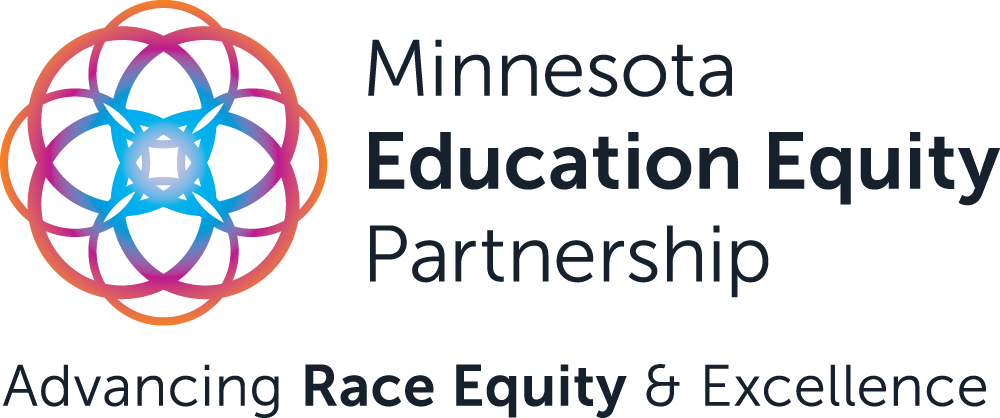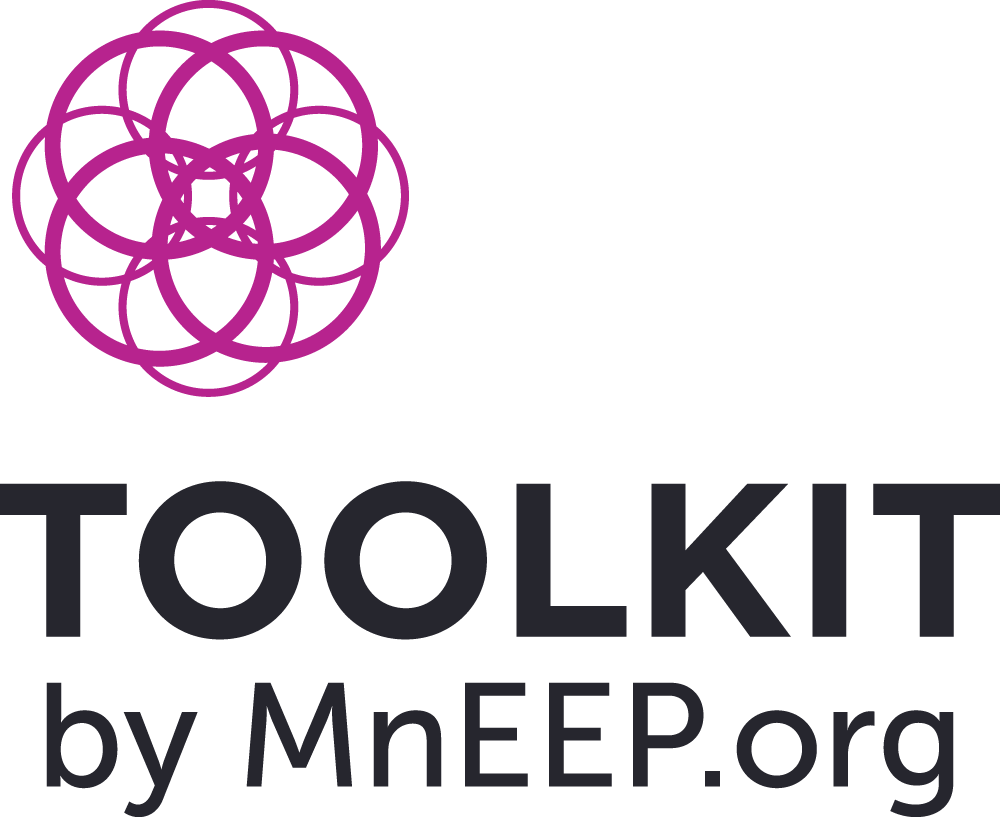Modernizing the State Grant Formula to meet the needs of POCI students
Minnesota has some of the largest race equity gaps in higher educational attainment in the country. These inequities in higher education in turn feed the economic inequities POCI communities face in the state—60% of jobs that that pay a family sustaining wage in Minnesota require a bachelor’s degree or higher. The average income for Minnesotans with a bachelor’s degree is $60,300, compared to $35,300 for those whose highest level of education is a high school degree.
In this Toolkit
We can improve our systems and policies by investing in POCI students to reduce disparities in higher educational attainment and economic disparities POCI Minnesotans face. In 2020 MnEEP released Reducing Racial Disparities in College Completion: The Case for and Equitable Higher Education Financial Aid System in Minnesota.This research brief examines the financial aid systems of the State of Minnesota using a race equity lens, and makes recommendations to improve systems and policies to support POCI students, increase college attainment, and reduce racial disparities in college attainment.
College affordability is a major roadblock for POCI students and families. The share of people living below the federal poverty level is higher for Native American (30%), Black (27%), Latino (15%), and Asian (11%) Minnesotans than it is for White Minnesotans (7%). Need-based financial aid is key to making college affordable for POCI students. Research shows that increasing need-based grants increases the number of credits students take each term, increases retention, decreases time to degree, and increases graduation rates.
The Minnesota State Grant is our state’s need-based financial aid program, and the only way that the state of Minnesota gives money to low- and middle-income students to cover college costs. Fifty-six percent of Minnesota POCI students attending college in the state receive a State Grant.
“We need to invest more money in POCI students, and we can do so through increased investment in the State Grant program.”
Unfortunately, the State Grant has not been modernized to meet the needs of today’s students. The MnEEP research brief found that the assumptions the State Grant are based on are outdated. For example, students cannot cover 50% of their college costs through work and borrowing unless they work too much, which negatively impacts retention, or borrow too much. And the State Grant program does not recognize the true living costs students face. The research brief made key recommendations to modernize the program to meet the needs of POCI students, and the CREAAC built upon those recommendations over the past year.
In working with MnEEP, I’ve learned that if we want equal outcomes, we need to have equitable – not equal — inputs. We must analyze policies with a race equity lens and invest in the people and the communities that have been underinvested in. Eliminating racial disparities in college completion will increase the incomes and career options of POCI Minnesotans in the short-term and result in multi-generational economic mobility in the long-term.
This investment will in turn drive economic growth for the state overall. We need to invest more money in POCI students, and we can do so through increased investment in the State Grant program, making college more affordable by efficiently giving funds directly to those students who are most in need. By investing in POCI students through the State Grant, Minnesota would make college more affordable for State Grant recipients at all colleges in the state, allowing POCI students to pick the college and the program that best aligns with their education and career goals.



